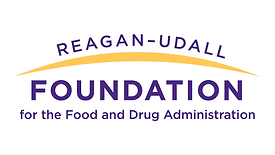Contamination Control
A good Listeria monitoring program enables knowledge of where Listeria can enter, harbor, and move through the facility
Read More
Developing Thermal Control of Salmonella in Low-Moisture Foods Using Predictive Models
Salmonella is highly resistant to heat inactivation in low-moisture food systems, but pilot-scale thermal treatments show promise for combatting it
August 7, 2023
Never miss the latest news and trends driving the food safety industry
eNewsletter | Website | eMagazine
JOIN TODAY!Copyright ©2024. All Rights Reserved BNP Media.
Design, CMS, Hosting & Web Development :: ePublishing









